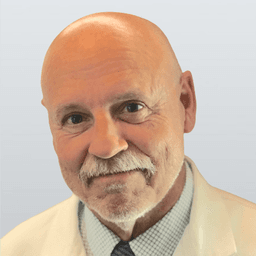Everyone in the United States has likely experienced heart disease, either personally or through a friend or family member. Approximately 659,000 individuals per year die from heart disease, and more than 800,000 suffer heart attacks, according to the Centers for Disease Control and Prevention. It’s a disease that requires constant diligence because of its prevalence.
After 40 years as an emergency room, urgent care, and family doctor, I know that diagnosing heart disease is fraught with danger. If you write off cardiac pain as chest wall pain, for example, you might cost a patient his life. Complacency is the greatest enemy for a practicing physician.






